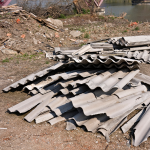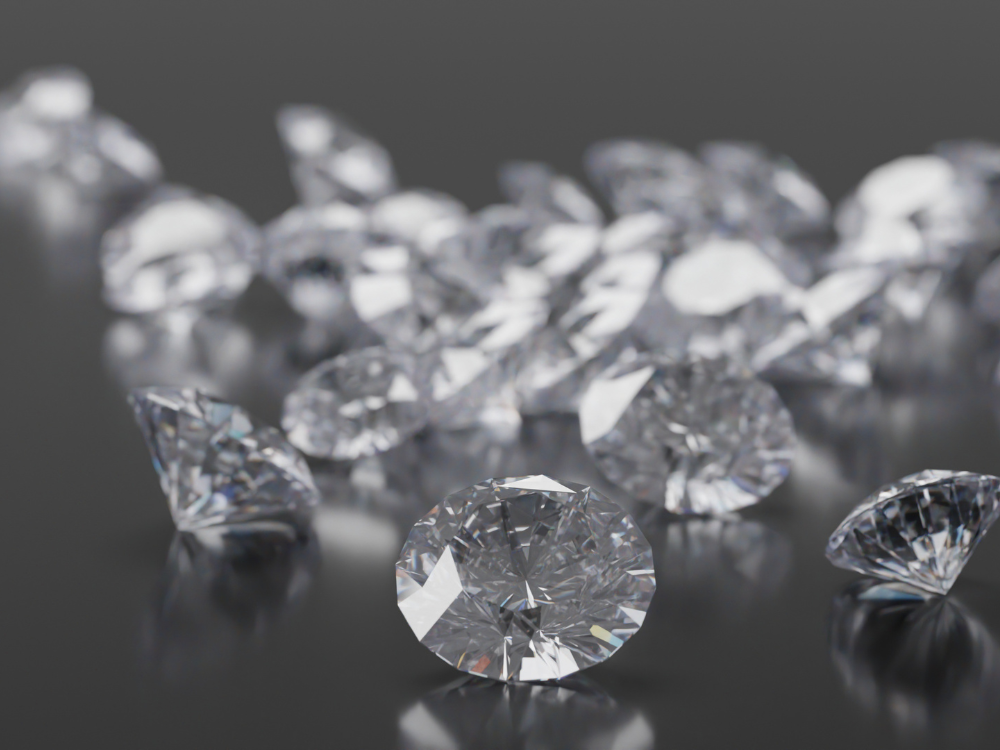As lab-grown diamonds grow in popularity, with marketing claims that they are an ethical alternative to traditional diamonds and significantly cheaper than their natural counterparts, there is rising concern about the safety of the workers who create them.
In an expose published last week, the Sydney Morning Herald notes that very few retailers of the highly popular product can trace the entirety of the production process, including the workers who polish the product and can be exposed to lethal silica dust.
The World Jewellery Confederation and the Jewellers Association of Australia have recently called for better management of the synthetic diamond trade. Currently, China is the largest global producer of lab-grown diamonds, with India the second-largest.
The diamond and jewellery market is governed by just one sustainability standard, which assesses the “producer’s adherence to social responsibility and governance, environmental, and sustainable practices criteria, a stone’s traceability, occupational health and safety for workers, and truthfulness and transparency in public claims.”
In India, where almost 90 per cent of the world’s diamonds are sent to be shaped and polished, there has been an uptick in the services for lab-grown diamonds. Both industries present a significant risk for workers, with the process of removing a diamond’s polycrystalline silicon exterior can be as deadly as dry-cutting silica-containing stone.
The Indian Government established a compensation fund for silicosis sufferers and their widows in 2019, with more than 40,000 people registering. It is not yet clear how many of those workers have contracted silicosis from work in construction or from another source, including diamond polishing.
The World Jewellery Confederation Communications Director Steven Benson said silicosis in the diamond industry had been “considered an issue” for at least 30 years.
“These types of health threats are an issue with any mineral that’s producing dust that can be drawn into somebody’s lungs,” he said.




